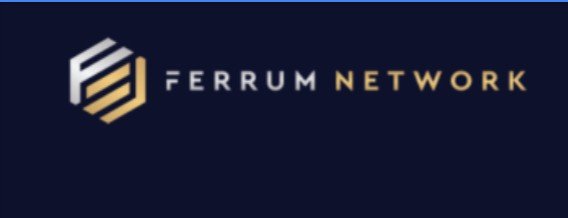INTRODUCTION
When digital currencies and blockchain came into the business world, a sigh of relief was heaved by all and sundry. The feel was that it will usher in a safe means of completing transactions without the need for a centralized third-party to confirm payment. It was also thought that blockchain network will reduce the cost of transaction inter-party, however, the reality is far from this.
Rather than mass participation in cryptocurrency, only few “wild cats” dominated the industry and sadly enough, transactions were still completed through centralized exchanges. This reduces the current blockchain technology to the level of traditional centralized exchanges which is beset with a number of challenges. For instance, in centralized exchanges, private keys and login details are stored on a centralized location which is prone to hacking. Should this happen, millions of users fund would be lost.
In an attempt to correct these anomalies, several decentralized exchanges (DEV) ave sprang up. Although, they’ve been able to name commendable leaps in the global business industry, majority of them are limited to Ethereum network only. The implication here is simple; the current decentralized exchanges available cannot offer the much needed interoperability that is required in the world financial market.
Efforts have been made by some developers to bridge this gap, however, it still couldn’t pass for the demands of the global economy. Most of the inter-blockchain solutions offered, are not adapted to high volume of transactions and hence, the speed is quite low for transaction confirmation.
Proneness to bugs infestation and uses error is also one thing that makes the ERC-20 standard type token undesirable to use. Users can mistakenly send tokens to a wrong address, a fatal mistake that might not be reversible. Although the ERC223 has features that has corrected those mistakes, ERC-20 standard type tokens can’t cope with high volume of transaction demanded in the business world.
THE FERRUM NETWORK

Here comes Ferrum Blockchain-based Network, which allows efficient and cheap peer-to-peer transfer of cryptocurrencies, irrespective of the blockchain source. Ferrum takes a departure from the centralized network and allow users to handle, trade and send their cryptocurrency tokens with no need for a centralized third-party, such as commercial banks.
Ferrum Network is made more efficient than conventional blockchain platforms because it processes transactions fast, it does not cost much and it is highly scalable. The network makes use if a high-end technology to facilitate interoperability across several chains, such that users can chose to deposit their tokens into the Ferrum Network and in turn get a token they can use across several digital currency exchange platforms.
Ferrum Network is quite flexible such that newcomers can use the traditional currency to obtains the Network’s token via several means such as Kudi Exchange.
Kudi Exchange is a custom-made digital wallet developed by the Ferrum Network to ease transactions on the platform through the use of fiat money and simple means such as SMS and WhatsApp numbers. The data has been decentralized, so no one can trace the transaction to hack the details. Also, the need for intermediaries does not exist as blockchain runs a trustless network.
CONCLUSION
Ferrum Network presents an all encompassing solution to the problems of interoperability on blockchain networks. It offers high speed of transactions, stores private key on a safe Sub-Zero wallet and allow users to transact with their tokens on an easy-to-use Infinity DEX.

Useful Links:
Whitepaper: http://whitepaper.ferrum.network/
Website: https://ferrum.network/
BitcoinTalk profile link:
https://bitcointalk.org/index.php?action=profile;u=2366095;sa=summary